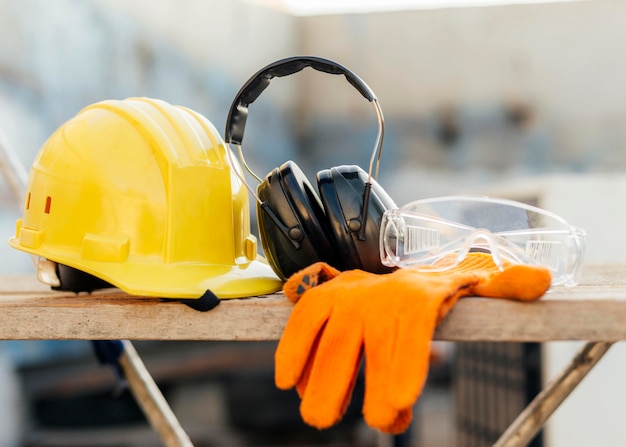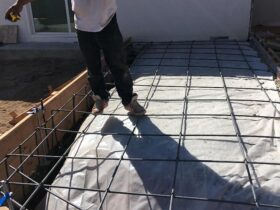In the realm of workplace safety, personal protective equipment (PPE) plays a crucial role in safeguarding workers against injuries and accidents. Among the various types of PPE, werkhandschoenen (work gloves) and werkschoenen (work shoes) are essential for protecting the hands and feet, respectively. Despite their shared goal of ensuring safety, werkhandschoenen and werkschoenen serve distinct purposes and offer different forms of protection. Understanding the differences between these two types of equipment can help employers and workers choose the right gear for their specific needs.
The Role of Werkhandschoenen
Protection Offered by Werkhandschoenen
Werkhandschoenen are designed to protect the hands from a variety of hazards commonly encountered in various work environments. These hazards include:
- Mechanical Risks: Cuts, punctures, and abrasions from sharp tools or rough surfaces.
- Chemical Exposure: Contact with harmful chemicals and substances.
- Thermal Hazards: Protection against extreme temperatures, whether hot or cold.
- Electrical Risks: Insulating gloves to protect against electrical shocks.
Types of Werkhandschoenen
There are several types of werkhandschoenen, each tailored to specific tasks and risks:
- Cut-Resistant Gloves: Made from materials like Kevlar or steel mesh, these gloves are ideal for handling sharp objects.
- Chemical-Resistant Gloves: Often made from rubber or nitrile, these gloves provide a barrier against hazardous chemicals.
- Thermal Gloves: Designed to withstand high or low temperatures, these gloves are essential in environments like foundries or freezers.
- Electrical Insulating Gloves: Made from rubber and tested for dielectric properties, these gloves are crucial for electricians.
The Role of Werkschoenen
Protection Offered by Werkschoenen
Werkschoenen are vital for protecting the feet from various workplace hazards, including:
- Impact and Compression: Steel toe caps or composite toe caps shield the feet from heavy objects and compression injuries.
- Puncture Resistance: Midsoles made from materials like Kevlar prevent sharp objects from penetrating the sole.
- Slip Resistance: Outsoles designed to provide traction on slippery surfaces, reducing the risk of slips and falls.
- Electrical Hazards: Certain work shoes are designed to dissipate static electricity or provide insulation against electrical shocks.
Types of Werkschoenen
Different types of werkschoenen cater to various work conditions and safety requirements:
- Steel Toe Shoes: Offer robust protection against impact and compression.
- Composite Toe Shoes: Provide similar protection to steel toe shoes but are lighter and non-metallic.
- Puncture-Resistant Shoes: Equipped with protective midsoles to guard against punctures.
- Slip-Resistant Shoes: Feature specialized outsoles to enhance traction and prevent slips.
Choosing the Right PPE for Your Needs
Assessing Workplace Hazards
Selecting the appropriate PPE requires a thorough assessment of the specific hazards present in the workplace. This assessment helps in determining whether werkhandschoenen, werkschoenen, or both are necessary.
Matching PPE to Job Requirements
Once the hazards are identified, it is crucial to match the PPE to the specific job requirements. For instance, a construction worker may need both cut-resistant werkhandschoenen and steel toe werkschoenen, while a laboratory technician might require chemical-resistant gloves and slip-resistant shoes.
Ensuring Proper Fit and Comfort
PPE must not only provide protection but also be comfortable to wear for extended periods. Ill-fitting gloves or shoes can lead to discomfort, decreased productivity, and even additional safety risks. Therefore, proper sizing and comfort should be considered when selecting werkhandschoenen and werkschoenen.
Conclusion
Werkhandschoenen and werkschoenen are indispensable components of workplace safety, each serving unique functions to protect workers’ hands and feet. Understanding the differences between these types of PPE, the specific hazards they mitigate, and the importance of proper selection can significantly enhance workplace safety. Employers and workers alike must prioritize the appropriate use of werkhandschoenen and werkschoenen to ensure a safe and productive work environment.







